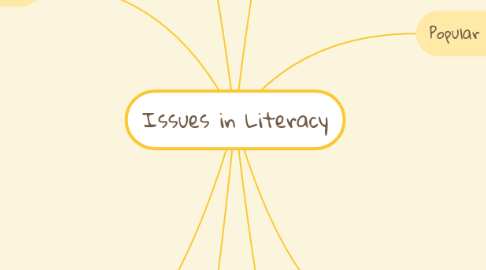
1. Poems
1.1. What makes a poem
1.1.1. Rhyme
1.1.2. Syllables
1.1.3. Meter
1.1.4. Alliteration
1.1.5. Figurative Language
1.2. Why the anxiety?
1.2.1. Teacher
1.2.2. Student
2. Culturally responsive pedagogy
2.1. Culture is a resource for learning
2.2. The Mindset
2.2.1. Socio-cultural consciousness
2.2.2. High expectations
2.2.3. Desire to make a difference
2.2.4. Constructivist approach
2.2.5. Deep knowledge of their students
2.2.6. Culturally Responsive Teaching Practices
3. Supporting Students with Refugee Backgrounds
3.1. Trauma Informed
3.2. ELL (English Language Learners)
3.3. ESL (English as a second language)
3.4. ELD (English Language Development)
3.5. “Steps to English Proficiency” (STEP).
3.6. “Observable Language and Literacy Behaviour Continua” (OLLB).
3.7. Choose materials that will engage students. Link learning to their personal stories and experiences. Create a safe environment so that a student feels their story is valued and important.
4. Readers Theatre
4.1. Scripts
4.2. Technology Benefits
4.2.1. Wider Audience.
4.2.2. Permanency
4.2.3. Audio as Visualizing Medium
4.3. Comprhension increased
4.4. Repeated Readings
4.5. Collaboration
5. Cross Curricular
5.1. Drama
5.1.1. Act out a scene
5.1.2. Create a tableau based on a book
5.1.3. Improv based on a scenario from a book
5.2. Dance
5.2.1. BEST
5.2.1.1. Body, Energy, Space, Time
5.2.2. Yoga + Word association
5.3. Music
5.3.1. National Anthem
5.3.1.1. Analyze and compare different national anthems
5.3.2. Lyrics
5.3.2.1. Interpret Lyrics
5.3.2.2. Construct own lyrics
6. Popular Media
6.1. Literary Action Hero
6.1.1. Rather than the sidekick doing all the literary tasks
6.1.2. Literary problem solving actually saving the day
6.2. Portrayals of literacy
6.2.1. Few and Far between
6.2.2. Often portrayed as a negative thing
7. First Nations, Metis & Inuit Students
7.1. Develop individualized literacy programs
7.2. Appreciate the nuances
7.2.1. Take the first six to eight weeks of school and listen to how FNMI students apply verbs, gender, word omissions and pronunciation. For example, many FNMI languages do not distinguish between he and she; they are gender neutral.

